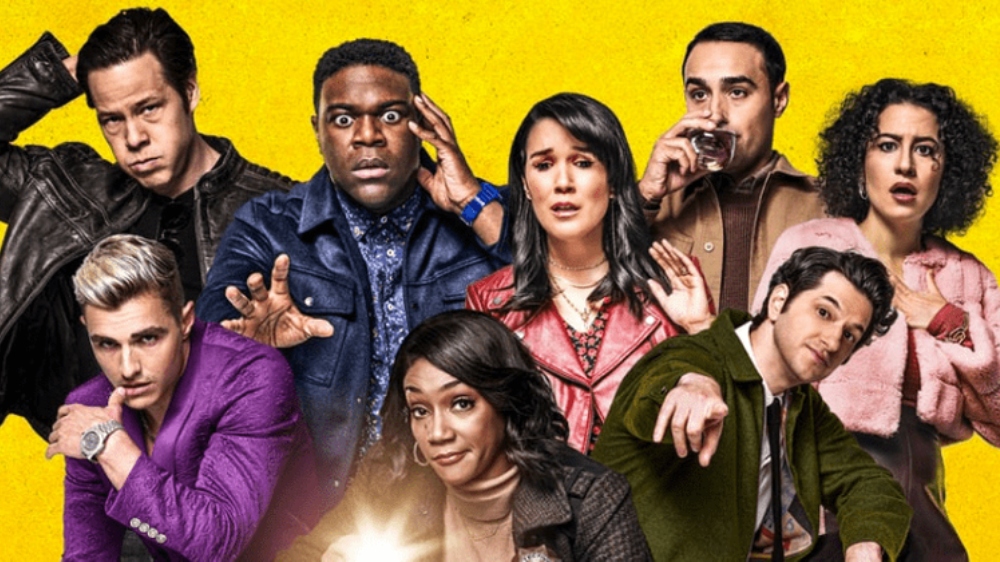
When Cinematographer Carl Herse found out about the Apple TV+ series The Afterparty, he immediately sent an email to executive producers Phil Lord and Chris Miller, having previously worked with the directing duo behind the 21 Jump Street movies.
Created by Miller, The Afterparty is a comedy series that doubles as a murder mystery. The star-studded whodunit takes place at a lavish California mansion shortly after a 20-year high school reunion, where old rivalries and petty grudges once again resurface.
Every episode of the series falls under a different genre. Season 1 saw episodes pay homage to romantic comedies, musicals, thrillers, high school house party movies, animation, cop films, and more.
Herse recently spoke to Below the Line and discussed why the musical episode of The Afterparty was the most challenging one to shoot, as well as how the pandemic impacted the series, which has been renewed for a second season. Herse also touched briefly on getting to shoot the third season of Barry for HBO.
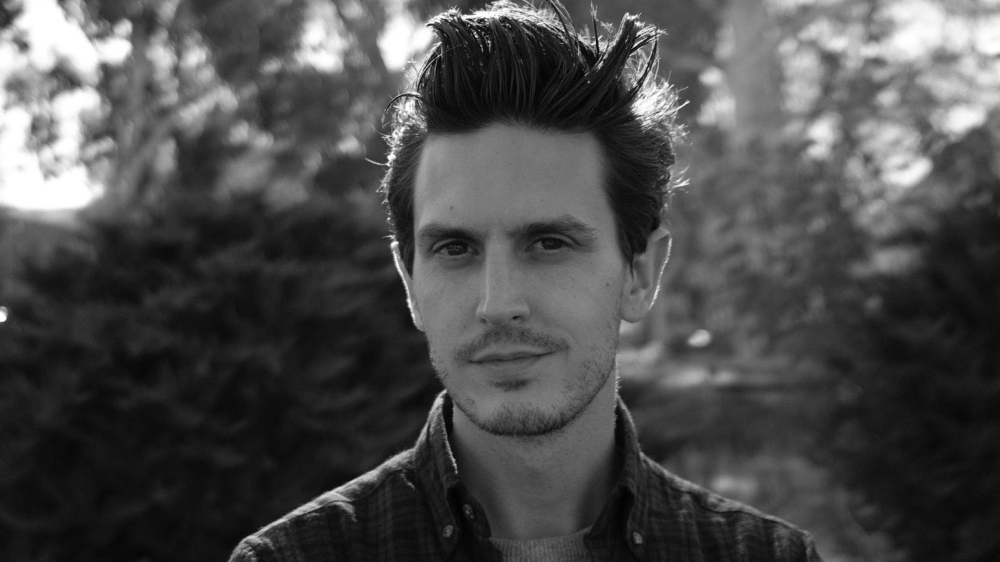
Below the Line: Since you’ve worked with Phil Lord and Chris Miller in the past, how quickly did you sign on to The Afterparty?
Carl Herse: I first found out about the project because I was talking with our production designer on the series about a different project. We were both kind of coming out of Covid and deciding what to do next. He mentioned the project to me and gave me, kind of, the elevator pitch on it, and talked about this concept of a story being told in all these different genre formats, and how each one would be represented visually as a different genre in its own unique look. As soon as I heard that, the moment I got off the phone, I basically emailed Chris and said, ‘Hey, what’s going on? Like, do you have a cinematographer? And if not, would you be interested in talking about it?’ He was really excited. We had worked together on Last Man on Earth and some other stuff, and we just hit it off immediately. We both love films and love the challenge. He had been working on the show for so long that he had a lot in mind already. I think he responded well to what my pitches were and what I had to offer. It was pretty instantaneous, really.
BTL: I spoke with Phil and Chris earlier this year about the whole block-shooting process. Was that your idea or theirs?
Herse: No. I mean, block-shooting generally is a matter of necessity and it happens on every movie or TV show. It’s based primarily on the technicalities of production and having access to a location for a certain amount of time or only having a cast member for a certain amount of time. It’s just a much more efficient way to shoot rather than sticking to chronological order and so it was neither of our ideas, really. It’s just part of the normal filmmaking process.
I think it was a very fun challenge because it kept us on our toes. On several days, we would jump between two or three or four different genre looks. When the actors would leave the set lit in one type of way, they would return to a set that looked completely different. We might go from something that’s very warm and cosmetic in romantic comedy look, and send the actors away while we redress and relight and everything and when they come back, suddenly, they’re in a David Fincher movie. I really hope that seeing that shift visually helped the performers find their tone because they were also trying to navigate their own tone as performers to fit into whichever genre we were shooting.
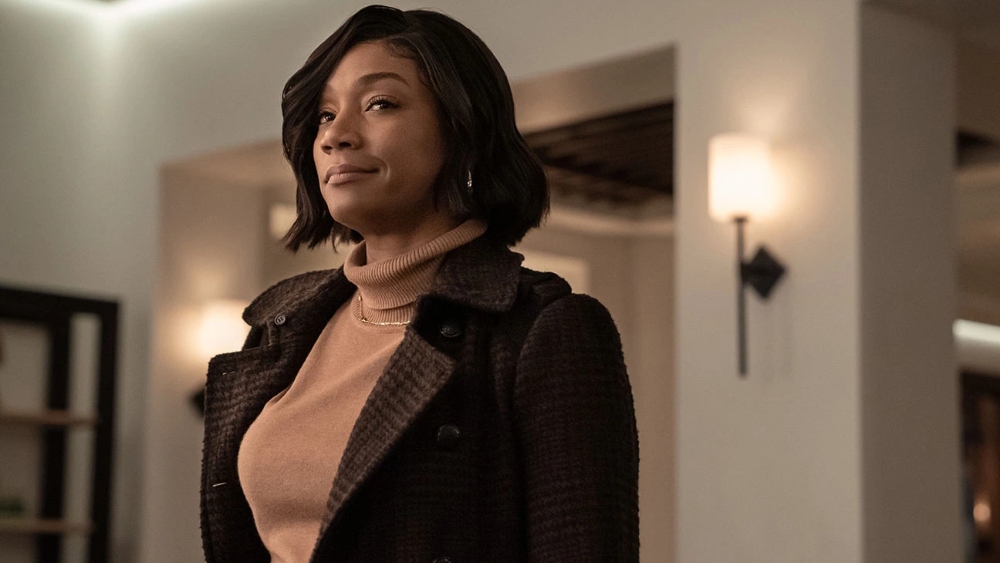
BTL: Being all these different genres, did the camera and lens change for each genre between setups?
Herse: No. Well, yes. We stuck to primarily one camera package for the show: the Sony Venice, because it offers the most flexibility in terms of the various formats that we could shoot in. What we were primarily doing — Chris and I said a lot on set that the process for The Afterparty was to approach this with kind of a death by 1,000 cuts technique where we make lots and lots of little small changes that wind up creating a very large difference between different genres. While we use one camera package for the most part, we had a specific recipe for each genre and that led to switching lenses, switching between both spherical and anamorphic lenses, aspect ratios, ISO, all these different things as well as the color grade, which our incredible colorist Dave Hussey applied for each genre. So really, it was a multitude of differentiating characteristics for each look.
BTL: Were there any particular rules that were in place while filming regarding camera movement and things like that?
Herse: Basically, we tried to stay within a certain language for each genre. We had a cheat sheet on set for which genre equated to whatever lenses we were using, whatever filtration we were using, and things like that. But when it came to staging the action and how we use the camera, Chris and I really tried to limit ourselves to specific lanes for each genre. For example, in the romantic comedy, we would really try to only use longer lenses that can press space and create more of a cosmetic warm feel. Whereas with the action movie, we would use a similar lens set, but instead of using the longer lenses, we’d use really wide lenses and create much more dynamic movement in space, and the way in which the camera move would go from something that would be very glassy and smooth to something that was a little more locked down and static, or handheld or whatever based on what we were trying to express. There would be kind of not-a-loose rulebook that we would try to stick to for each one.
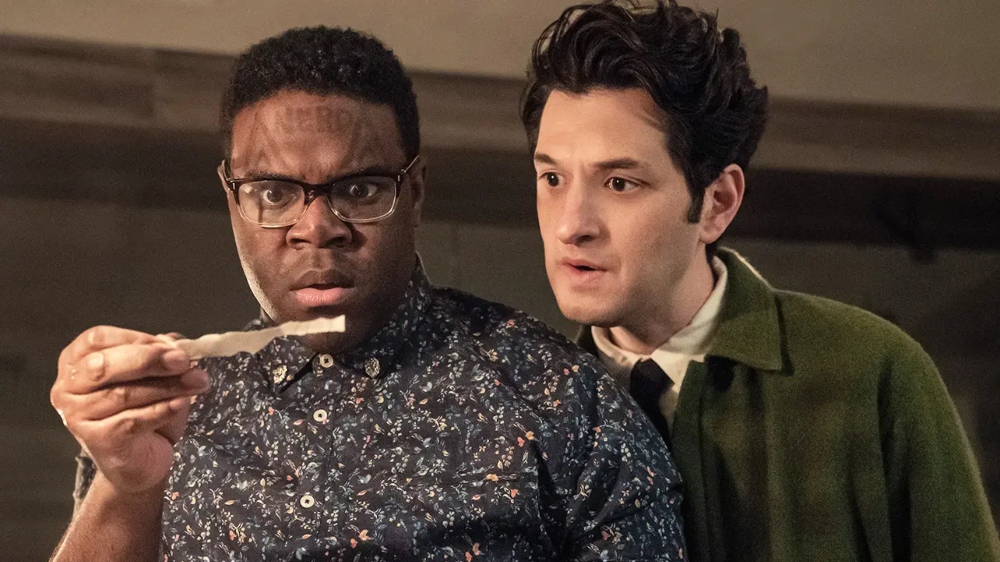
BTL: How many movies did you all watch for references in order to determine the look?
Herse: That was the most fun part of prep for us because we prepped this whole thing during Covid and most of that took place over Zoom. A lot of our early conversations were just talking about the movies we loved, the movies that we responded to. We would kind of share recommendations and say, what do you think about this? What do you think about something that –with the high school episode, we were initially looking at movies like Can’t Hardly Wait and then kind of gravitated more to something more like Project X that had more of a found footage element to it. I don’t know how many movies were watched but we spent many hours watching either whole movies or clips or just talking about the way in which you can express a genre.
For example, in an action movie, you could either lean into the tone of Die Hard or you could lean into the tone of Fast and Furious. Those are two very, very different vibes but they both express action. A lot of it was just trying to identify which avenue we wanted to go down and how that related to the other genres and how it compared or contrasted to those genres, and also how it helped best express the character that the story was trying to represent.
BTL: Was there an episode of the series that you found the most challenging to shoot?
Herse: The biggest challenge was definitely the musical episode, just because it’s really five different looks. You’ve got your normal interrogation present timeline that we’ve seen in every episode but we also had to execute for this episode. We had to create a new baseline for the non-musical elements, which was basically involving the main narrative story of Yasper (Ben Schwartz) moving around and talking to different people. All of that had to create a look that we felt was akin to Xavier’s world because he idolizes Xavier (Dave Franco). All of our color and lighting influences were kind of based on Xavier’s pop culture personality. Every different musical piece needed to be its own unique kind of look. We had more of a hip-hop vibe for the first track. For the second one, we wanted a classic big song and dance musical choreography sequence. For the third one, it became this more solo ballad moving through [the] space of a tortured artist in the spotlight. That in particular was a challenging episode because there were so many different looks going on. But also, from a lighting and camera movement standpoint, you’re working in much more of a vacuum because you’re not so much attached to reality.
If you’re working, for example, in the David Fincher environment, you know that there’s a lamp on in the corner and that becomes your primary lighting source. If you have a window in the room, you can use that window as your lighting source. But with a musical, you’re really forced to come up with as many different creative ways to express how to support the song and understand what the song is about, and what the interpretation of the song is supposed to be. There was just a lot more thought and nuance that had to go into that episode — that was definitely our most elaborate and challenging.
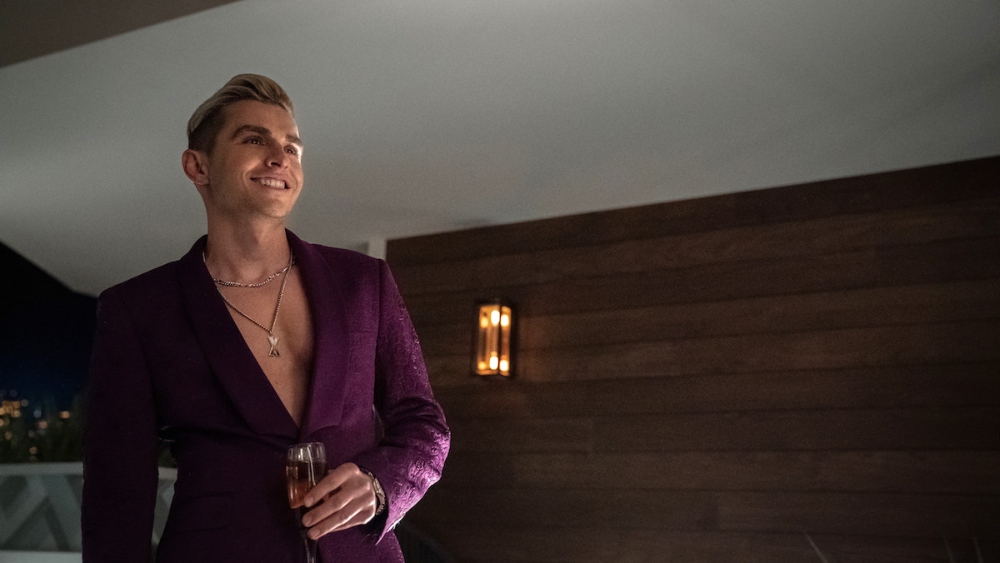
BTL: How closely do you work with the production designer?
Herse: We always work closely together. Bruce and I have known each other for a long time, we have really great relationship. There are specific moments, because it’s a murder mystery, where everything had to be laid out in a very specific way that you wouldn’t really realize on first viewing. But once you get to the end of the series, when Danner (Tiffany Haddish) is retelling the story of what happened, the staging has to be very specific. We had one shot in particular we wanted to execute, where we see every version of the story as it was told throughout the season and we actually match cut between them all.
For each episode, we actually had to go to a specific position, set the camera up in a very specific place at exact height, exact lens angle, and all those things, and then relight the set to look like an action movie, musical, romantic comedy, or a thriller so that once the final kind of reveal happens, we can show you what you’ve been missing all along as a viewer. That in particular required a lot of careful work with the production designer. We also shot all of our exterior balconies on a stage and that required very careful collaboration so that the art department knew what we were seeing, what we weren’t seeing, what had to be bolstered with visual effects versus what could be done practically on set. From a genre standpoint, it was really important for me to have all the art elements in place so that they would help express the mood of each genre. It was a very careful collaboration, not only with production design but with the set dresser, set decorator, and art director as well.
BTL: How did the pandemic change up your usual process when it comes to cinematography?
Herse: The Afterparty was the first series that we were all doing after the Covid lockdown. It was kind of a blast and a great joy for everyone to finally be around each other after spending months in isolation. There was a lot of enthusiasm on set just for the filmmakers, for the actors, for the crew to be back in it, and to be surrounded by passionate people working together. From a technical standpoint, some of the challenges included having limited numbers of people on set. That would become tricky when we were approaching scenes like the high school reunion where you should have hundreds of people on set, but we had to work with more like 50 or 60 background artists to populate the frame and be very careful about where the camera would be seeing so that we didn’t kind of give away that we were limited in that way. But for the most part, everyone was just super excited to be surrounded by enthusiastic filmmakers again.
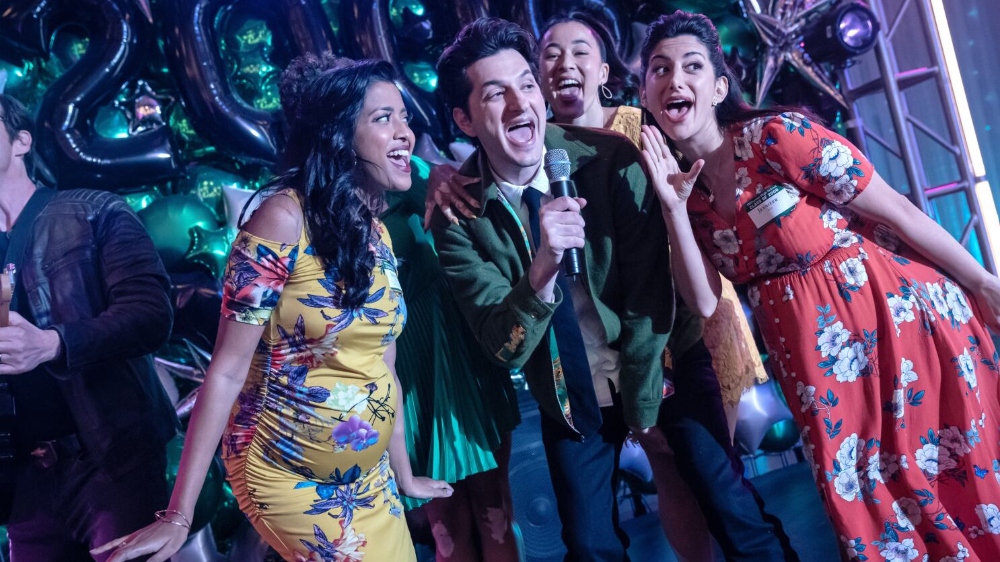
BTL: You also took over DP duties for much of the third season of Barry. How did that experience differ from The Afterparty?
Herse: The biggest task for taking on Barry is that it’s a beloved show. It’s one of my favorite shows. I wanted to not only sustain the heights that the show had reached up until this point but also have something new to offer to it. For me, it was a really exciting time to start because our characters are kind of in a new place that is very different from where the show started. Everyone is really [at] a dark point in their lives for the most part when we returned to the series. Bill [Hader] really wanted to push that as much as possible visually so it allowed me to kind of flex my creativity to help us lean into that darkness and find new ways to take the story in a kind of fun, new visual direction.
BTL: How did you first get interested in cinematography?
Herse: I’ve been obsessed from a very early age [with] filmmaking. I was always really fascinated even as a kid with the concept that there were men and women behind the camera making all of these stories happen. Part of it is the fascination with the technical side of it but also the storytelling side of it. I’ve always been a really visual person so finding myself behind the camera was kind of a natural path. Once I knew that I wanted to work in the film industry, I was very obviously most drawn to the camera and trying to figure out how I can best support the director and the actors with my visual capabilities.
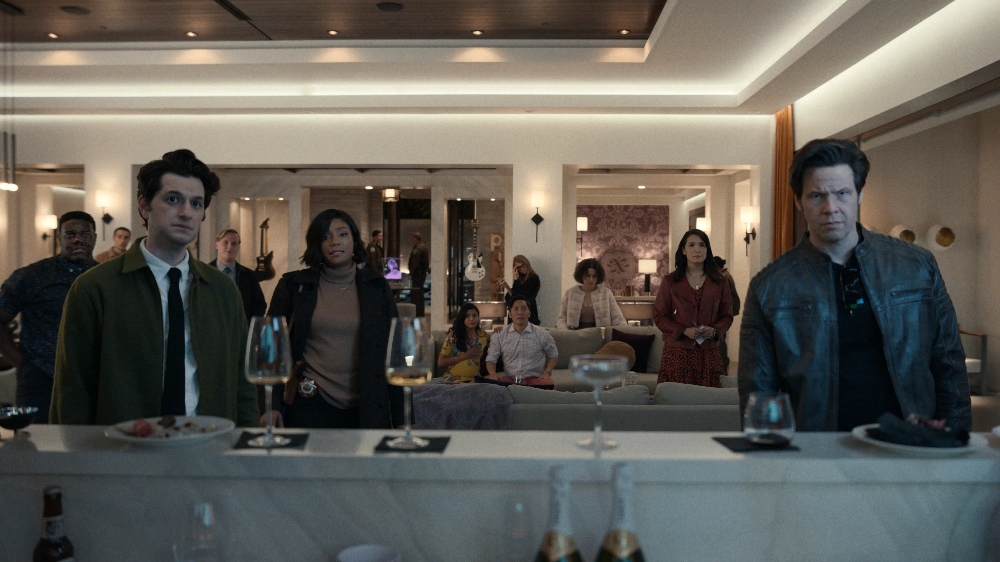
BTL: How valuable was your experience at Columbia College?
Herse: Columbia College was invaluable. I think there’s so much that you learn in film school from a technical standpoint about film techniques, camera techniques, and those sorts of things. But also, as a kid that grew up in a small town in the Midwest, I didn’t have a very large creative community around me. I didn’t have very many indications that that was a realistic career path. When I went to school in Chicago, I suddenly found myself surrounded by creatives and ambitious wannabe filmmakers. It just opened up my whole world and made me realize that not only was this a job that could be done, but that there were others around me that I could feed off of, and that I could help. It really just turned into a wonderful community that I’m very thankful to be involved with.
BTL: Chicago has such a great film scene, too.
Herse: Yeah, I know. The people that remain there are doing wonderful work and working on incredible stuff. It’s really cool.
BTL: Is there anything you miss the most about the Windy City?
Herse: I will say some of the food is pretty good. And my family, of course, but living in a big dense city is very fun. I love LA and wouldn’t trade it at this point, I think. But it’s always fun to go back and just being in a dense city with a strong art and music scene and lots of young, creative, enthusiastic people is always really inspiring.
Season 1 of The Afterparty is now streaming on Apple TV+.





